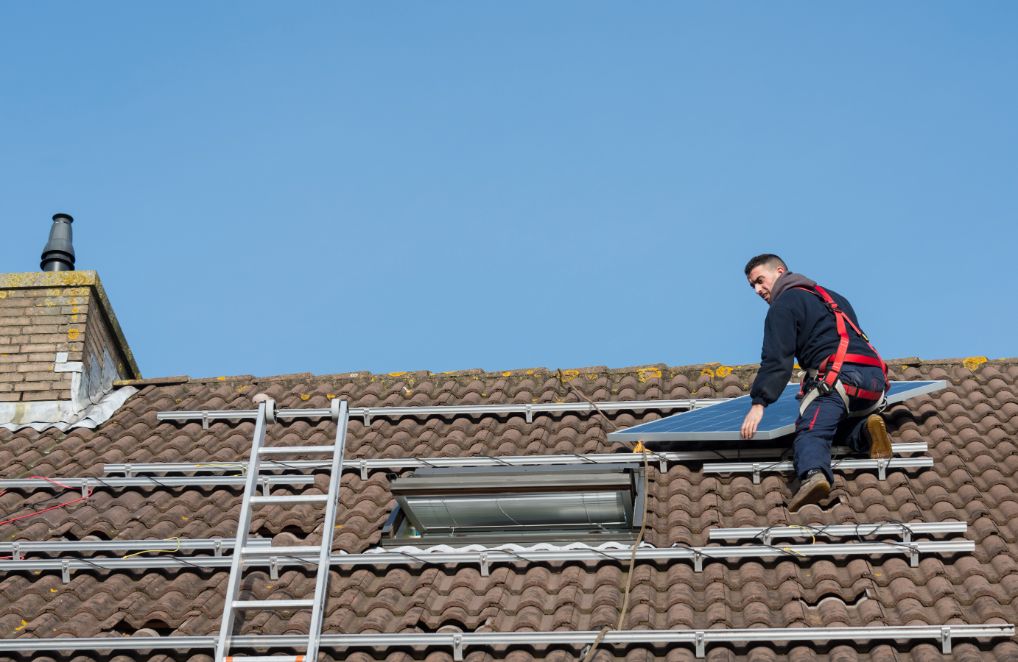The durability and security of any structure depend on the integrity of the commercial roofs. Due to exposure to abrasive weather, UV radiation, and normal wear and tear, commercial roofs can deteriorate over time.
Commercial roof restoration is frequently required to solve these problems and increase the longevity of a roof. This procedure entails a number of actions designed to revitalize the roof, enhance its functionality and stop further damage. This post will go into great detail on the restoration process for commercial roofs.
Inspection and assessment
A thorough inspection and assessment of the roof’s condition is the first step in the restoration procedure for commercial roofs. A skilled roofing contractor will perform a complete inspection of the roof to spot any weak spots, leaks, or damaged areas. This evaluation facilitates the creation of a suitable repair plan and aids in determining the project’s scope.
Surface Preparation
After the examination is finished, the roof surface must be ready for restoration. Cleaning the roof is necessary in order to get rid of toxins, grime, and debris. To ensure a clean and smooth surface for the restoration procedure, pressure washing or other specialist cleaning methods may be used.
Repairs and replacements
Any required repairs or replacements are made following the surface preparation. To guarantee a strong basis for the restoration, damaged or degraded roofing components, such as shingles, tiles, or membranes, are replaced. Guttering, flashing, and other elements may also require repair or replacement.
Priming and Sealing
To enhance the roof’s waterproofing and protect it from future damage, a primer and sealant are applied. The primer enhances adhesion and forges a solid link between the surface of the roof and the following layers. As a protective barrier, the sealant stops water from entering and lowers the possibility of leaks.
Coating Application
One of the most important steps in the restoration process is the application of a premium roof coating. Roof coatings give an extra layer of defense against ultraviolet rays, extremely high temperatures, and other environmental elements. By reflecting sunlight and decreasing heat absorption, they can also increase energy efficiency and cut cooling expenses.
Final Examinations and Upkeep
After the coating has been placed, a thorough examination is carried out to make sure that the restoration has been finished to the highest standards. This inspection includes looking for the appropriate coating thickness and uniform coverage as well as taking care of any necessary touch-ups or corrections.
Regular maintenance is also necessary to maintain the functionality of the repaired roof and avoid further problems. To maintain the integrity of the roof over time, routine inspections, cleanings, and small repairs should be planned.
For building owners, commercial roof restoration has a number of advantages. It increases energy efficiency, increases roof lifespan, stops leaks, and improves the overall aesthetics of the structure. Additionally, it is a time and money-saving substitute for a complete roof replacement.
Explore our blog website for valuable home tips and advice. Discover practical solutions to enhance your living space and elevate your lifestyle. Visit us today for insightful content and inspiration.
